Natural light plays a pivotal role in shaping the aesthetics and functionality of interior spaces. Beyond merely brightening a room, natural light contributes to the ambiance, mood, and overall well-being of occupants. As architects and interior designers increasingly recognize the significance of natural light, it has become a key element in creating spaces that are not only visually appealing but also promote health and productivity. Here are five reasons why natural light is crucial in interior design:
1. Health and Well-being:
Exposure to natural light has been linked to various health benefits, including improved mood, increased productivity, and better sleep. Daylight helps regulate the body’s circadian rhythm, promoting a sense of well-being and reducing the risk of health issues associated with artificial lighting.
2. Visual Comfort:
Natural light provides a softer and more evenly distributed illumination compared to artificial lighting. This reduces glare, eye strain, and visual discomfort, creating a more comfortable and visually pleasing environment for occupants.
3. Energy Efficiency:
Incorporating natural light into interior design reduces the reliance on artificial lighting during daylight hours, leading to significant energy savings. Utilizing daylight not only lowers electricity consumption but also aligns with sustainable design principles, contributing to a greener and more environmentally friendly approach.
4. Aesthetics:
Natural light enhances the visual appeal of interior spaces by highlighting architectural features, textures, and colors. It brings out the true essence of materials used in construction and interior finishes, creating a dynamic and inviting atmosphere.
5. Spatial Perception:
Well-lit spaces appear more open, spacious, and inviting. Natural light can define and accentuate architectural elements, creating a sense of depth and dimension within a space. This aspect is particularly crucial in smaller spaces where the strategic use of natural light can visually expand the area.
Now, let’s explore three exemplary designs that skillfully incorporate natural light into their interiors:
1. ShineMaker by HSH Interiors (Jackson Hole, WY, USA):
Designed by Holly Snow Hollenbeck of HSH Interiors, ShineMaker is a retreat nestled in the mountains of Jackson Hole. Featuring expressively scaled stone slabs and custom cabinetry, the Mountain Modern style retreat utilizes large windows to invite natural light. The expansive layout, combined with strategic lighting design, creates a warm and welcoming atmosphere.
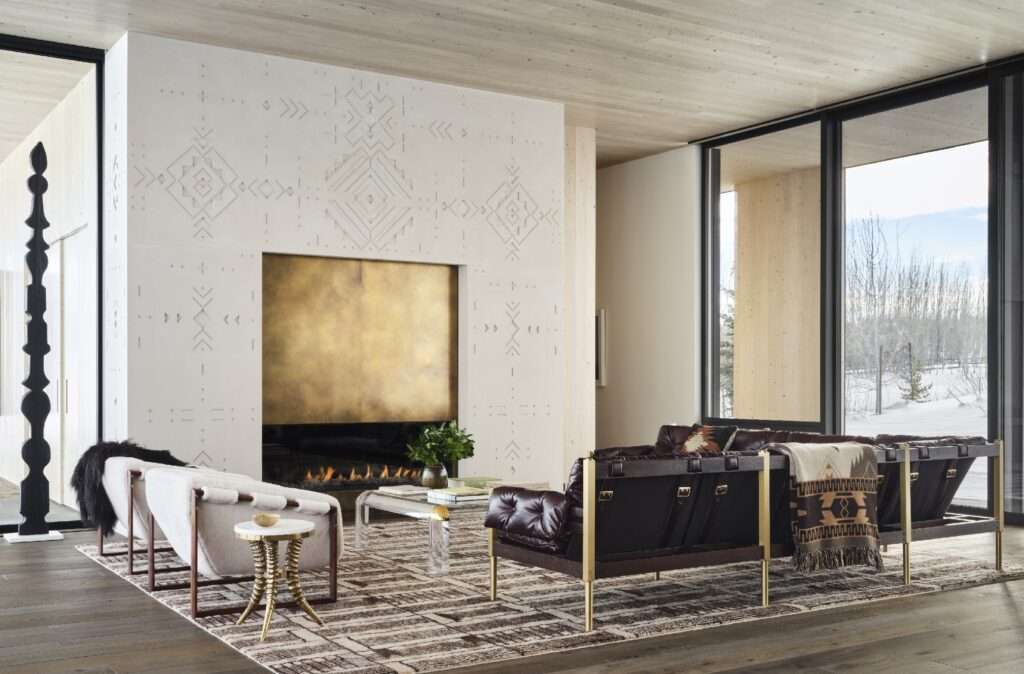
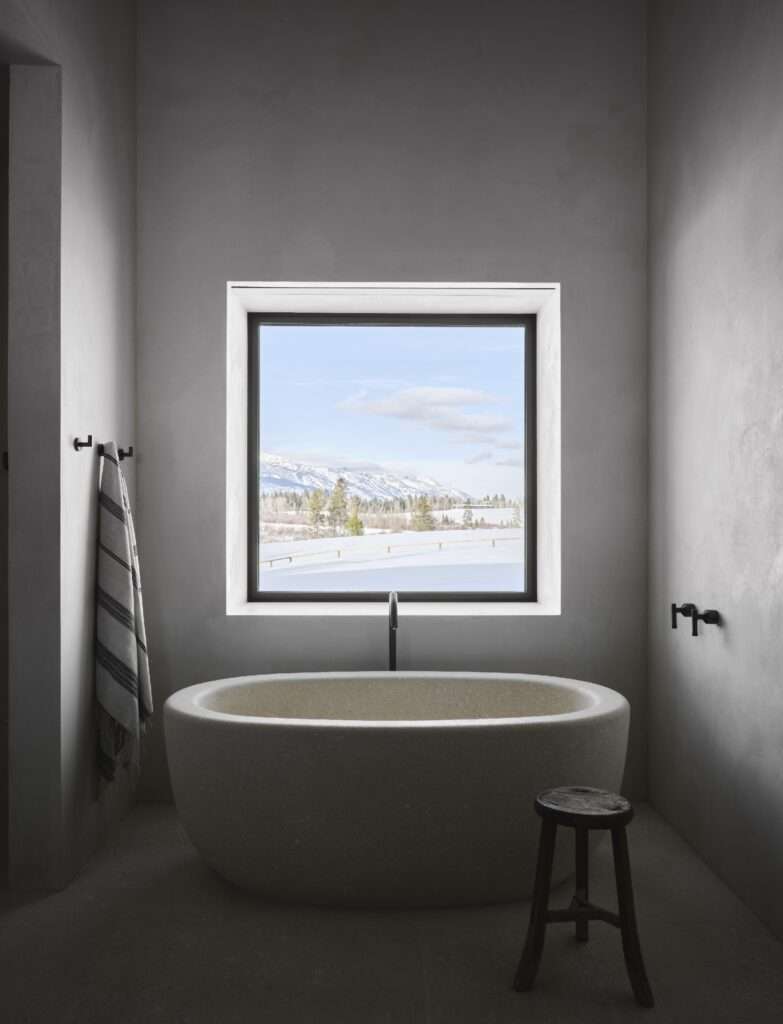
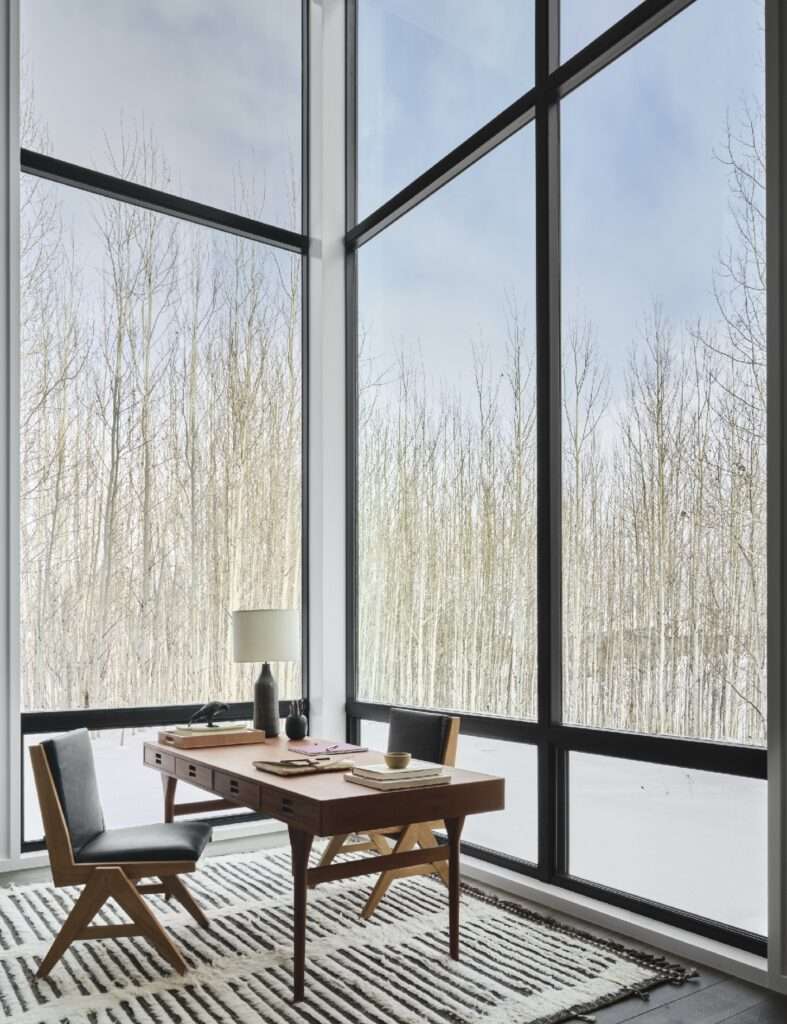
Photo Credit: Douglas Friedman
2. Thirty Anderson by Rob Mills Architecture & Interiors (South Yarra, Australia):
Thirty Anderson, a luxury multi-residential development in South Yarra, Australia, designed by Rob Mills, prioritizes a connection with nature and natural light. The penthouse, with its high ceilings, skylights, and floor-to-ceiling glazing, maximizes the influx of natural light. The sculptural design and flowing fabrics contribute to a calming experience, highlighting the importance of light in luxury living.
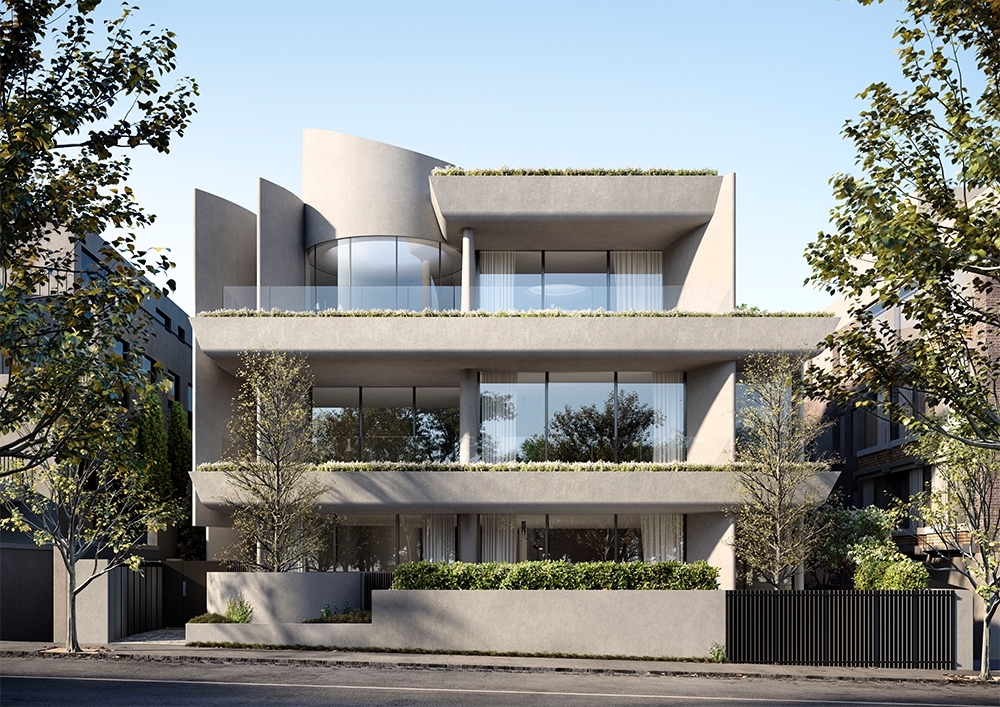

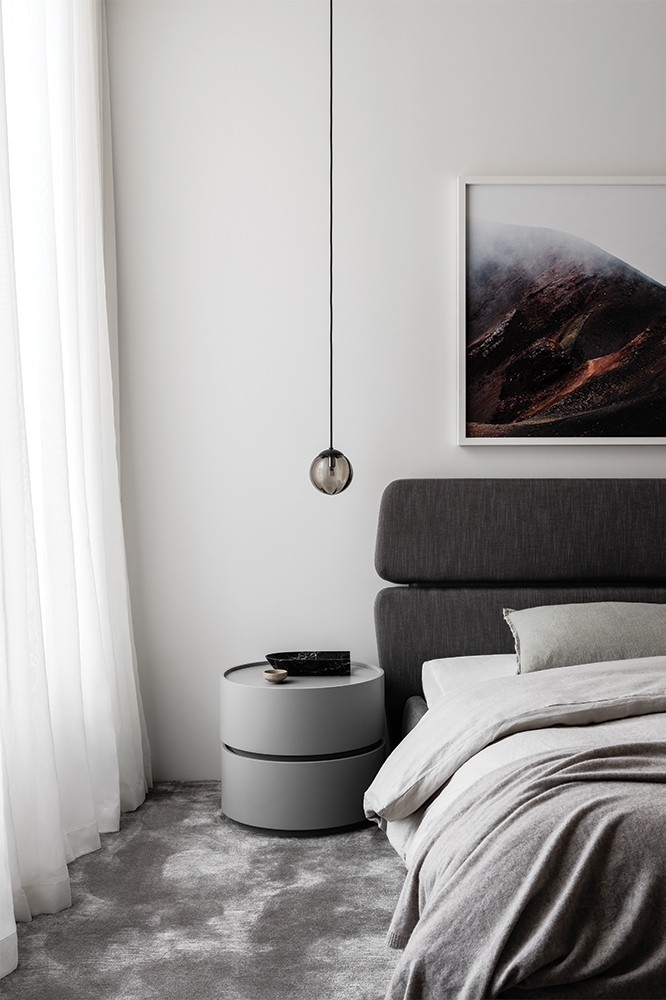
Photo Credit: Timothy Kaye
3. Vanke Dongguan Zhen Wan Hui by Maudea Design Studio (Shanghai, China):
Wally Mau of Maudea Design Studio incorporated the concept of AMAN in the Vanke Dongguan Zhen Wan Hui project. The use of light colors, warm wood tones, and gentle lighting creates a calm and comfortable environment. The design prioritizes large-scale spaces filled with abundant natural light, enhancing the overall warmth and coziness of the interior.

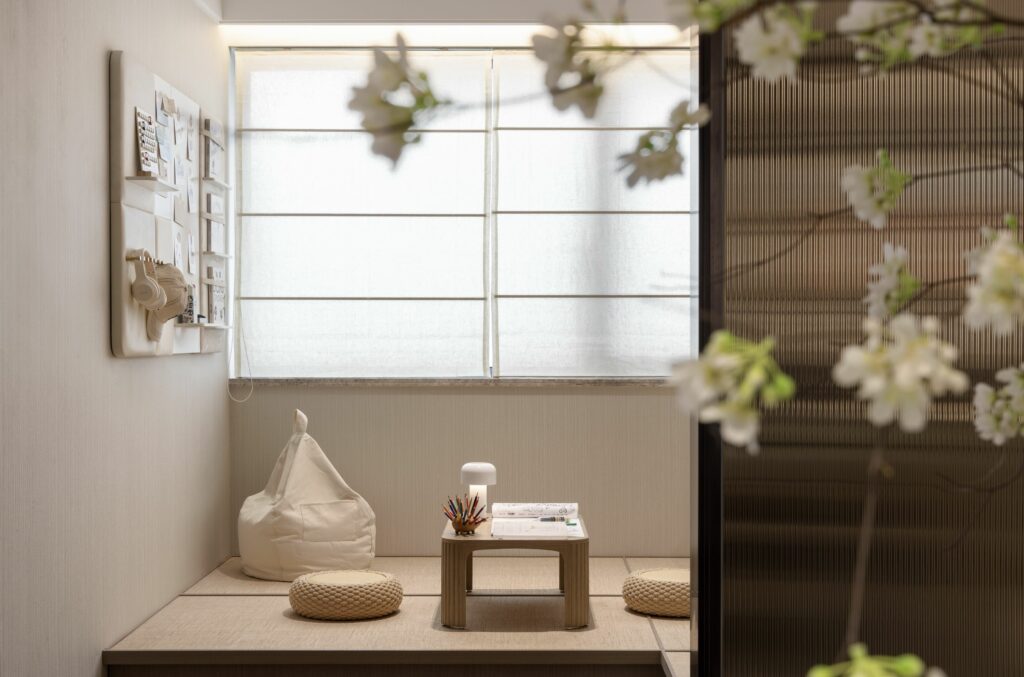
Beyond its aesthetic appeal, natural light significantly contributes to the well-being, energy efficiency, and overall experience of occupants in a space. As the design industry continues to evolve, the integration of natural light will likely remain a fundamental aspect of creating harmonious and sustainable interiors.









